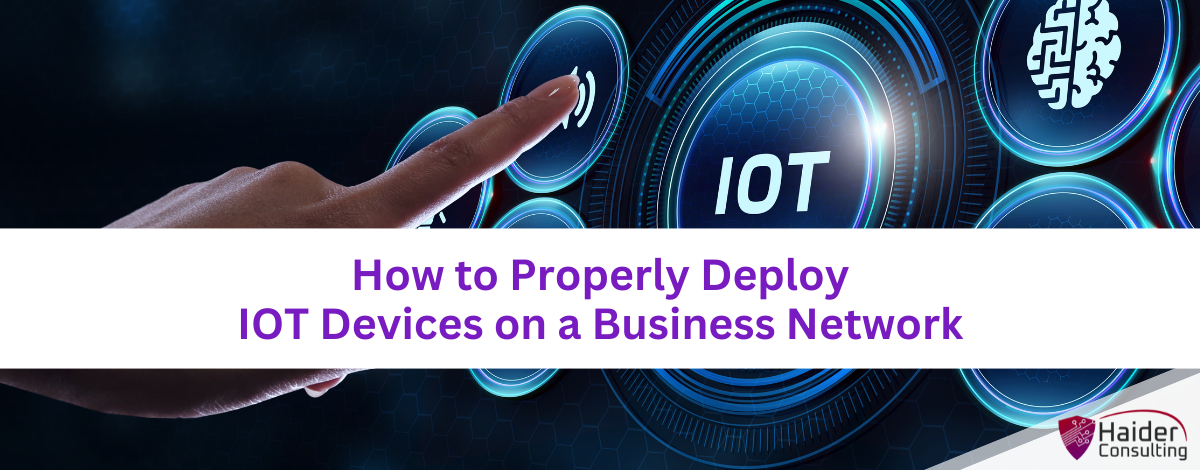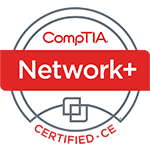Internet of Things (IoT) devices are here, changing industries and the way businesses work. Not familiar with the term? It refers to any smart devices that connect to the internet, from critical sensors that monitor production to household thermostats that manage energy use.
Whatever shape they take, our world is sure seeing more and more of them! The number of these devices is expected to grow from about 15 billion in 2023 to 21 billion by 2026.
While IoT devices are becoming more common in business, safely adding them to your network can be complex, like finding your way through a maze.
Have you been struggling to integrate smart devices? Our guide will provide the information and steps you need.
Step 1: Clarify Your Goals and Needs
Before you start, it’s important to know what you want to achieve. Discuss with your team and ask some questions to make sure the smart devices match your business needs.
What problem are you trying to solve with IoT devices in your business?
Are you looking to make your operations more efficient? Maybe you need to access data in real time or want better remote monitoring?
Identifying the specific problem you need IoT devices to address is crucial for effective deployment.
What type of data will you be collecting?
Determine what kind and how much data your devices will produce. This will guide you in setting up the right network infrastructure.
What level of security do you need?
The security required will vary depending on how sensitive your data is. Make sure you have the right protections to prevent unauthorized access.
Answering these questions will help you understand your needs better. This prepares you to choose the right IoT devices and network setups.
Step 2: Choose the Best Devices and Network Setup
Now that you know what you need, you can pick the right devices and network infrastructure. Consider both the technology and how it fits into your existing systems.
IoT Devices
When picking smart devices, think about:
- Whether they work with what you already have
- How secure they are
- If they can grow with your needs
- How much power they need
Find trusted vendors and choose devices that have strong security and are well-supported.
Network Infrastructure
Your current network may not handle the extra load from IoT devices well. You might need to boost your network capacity or set up specific networks just for IoT devices. Investing in dedicated gateways that handle device-to-cloud communication might also be necessary.
Step 3: Prioritize Security at Every Step
Security is crucial when dealing with IoT devices. If compromised, these devices can open doors for cyberattacks. In fact, malware attacks on IoT devices went up by 77% in the first half of 2022. Here are some important security points to keep in mind.
Secure the Devices
Make sure your IoT devices are protected with strong passwords and receive regular firmware updates. Choose devices that support encryption and secure boot features to enhance security.
Isolate IoT Devices from Business Networks
Set up separate networks for your IoT devices and critical business systems. This approach reduces the risk of a security breach affecting your main operations.
Implement Network Access Control (NAC)
Use NAC solutions like multi-factor authentication to limit network access to approved devices only. These tools help enforce your security policies automatically.
Monitor and Update
Keep an eye on your network for any unusual activity. Consistently update your security measures and software to combat new cybersecurity threats.
Step 4: Deployment and Ongoing Management
Now that you have your hardware and security ready, it’s time to set up your IoT devices. Here’s how to do it:
- Carefully follow the setup and configuration instructions provided by the device manufacturer.
- Before fully integrating them into your network, test each device to make sure it works correctly.
- Create a detailed plan for managing your IoT devices. This plan should cover regular maintenance, updating firmware, and monitoring for any problems.
Step 5: Continuous Learning and Improvement
The world of IoT is always changing, and your approach should too. Here are some ways to keep improving:
Analyze the Data
Once your IoT devices are up and running, start analyzing the data they collect. This will help you understand what’s working, find areas that need improvement, and tweak your strategy.
Embrace Feedback
Ask for and use feedback from people within your organization. This will help you continuously improve how you use IoT and tackle any new challenges.
Stay Informed
Always keep up with the latest trends and advancements in IoT. Knowing about new technologies allows you to integrate them into your system as they become available.
Successfully setting up IoT in your business involves careful planning, focusing on security, and a commitment to ongoing improvement.
Get Expert Help for Your Business IoT Devices
Need help taking a proactive approach to using IoT? We can assist you in transforming your business operations and fully utilizing smart devices, while minimizing your risks to cyber attacks.
Contact us today to find out more!
Book My 15-Minute Call





